Book of Dreams by Steve Miller Band
Buy Book of Dreams Steve Miller forged his reputation as a Chicago blues man, immersing himself in that scene during the 1960s and playing with the likes of Muddy Waters, Howlin’ Wolf, Buddy […]
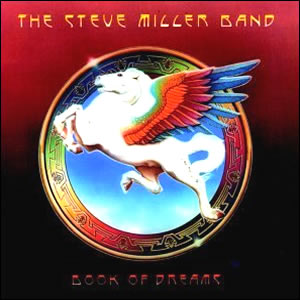
Buy Book of Dreams Steve Miller forged his reputation as a Chicago blues man, immersing himself in that scene during the 1960s and playing with the likes of Muddy Waters, Howlin’ Wolf, Buddy […]
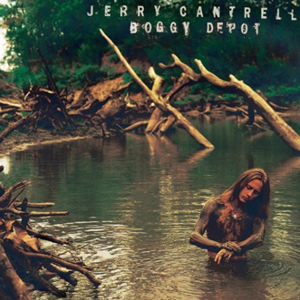
Buy Boggy Depot After over a decade in Alice in Chains, guitarist Jerry Cantrell set out to forge his debut solo record in 1998 with Boggy Depot. This was done more out of […]
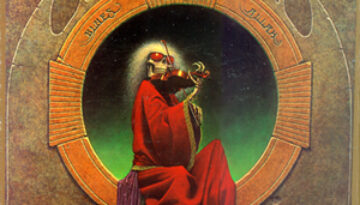
Buy Blues for Allah A unique album in the Grateful Dead‘s vast catalog, Blues for Allah, is made up of four proper songs, three instrumentals, and the bizarre, Avant Garde title suite. Produced […]
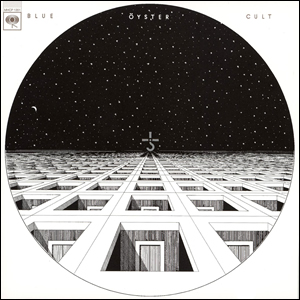
Buy Blue Öyster Cult The eponymous debut album by Blue Öyster Cult kicked off the year 1972 as well as the recording career of this Long Island, New York based rock group. Often […]
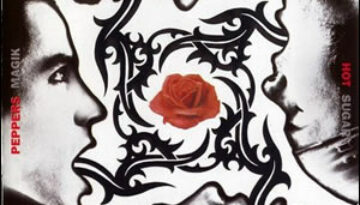
Buy Blood Sugar Sex Magik Just as the Red Hot Chili peppers were starting to break out in the late 1980s, two of the band’s members were struggling mightily with drug abuse. One […]
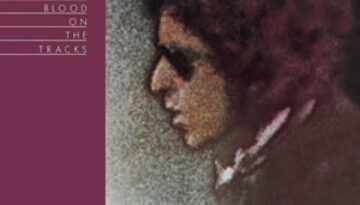
Buy Blood On the Tracks Blood On the Tracks contains all the elements of Bob Dylan‘s classic, 1960s outputs, with the staples of the acoustic guitar, the harmonica, and the poetic lyrics delivered […]
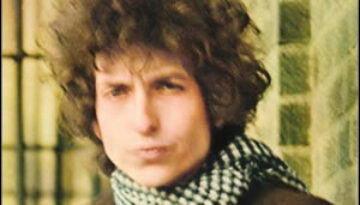
Buy Blond On Blonde I had the pleasure of seeing Bob Dylan live over the summer. It was a great experience, which I wrote about for Modern Rock Review. So I jumped at […]
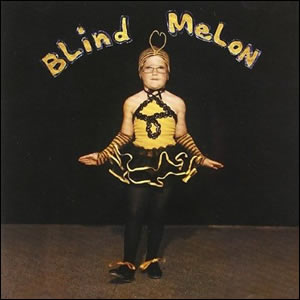
Buy Blind Melon Blind Melon is the 1992 debut album by the rock band of the same name. The album was an international seller due primarily to the breakthrough hit “No Rain” along […]
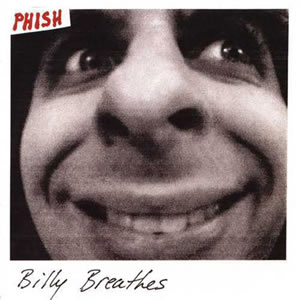
Buy Billy Breathes As their sixth official studio album, Billy Breathes is an early indication of Phish moving towards more mainstream rock music. Here, the four-piece group combined folk, rock and psychedelic into […]
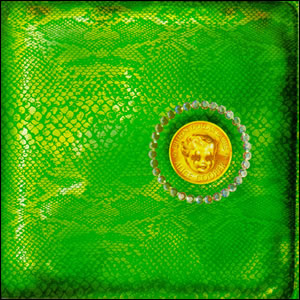
Buy Billion Dollar Babies The Alice Cooper Band reached their commercial peak with 1973’s Billion Dollar Babies. This sixth Alice Cooper album, produced by Bob Ezrin, refined some of the basic rock grit […]